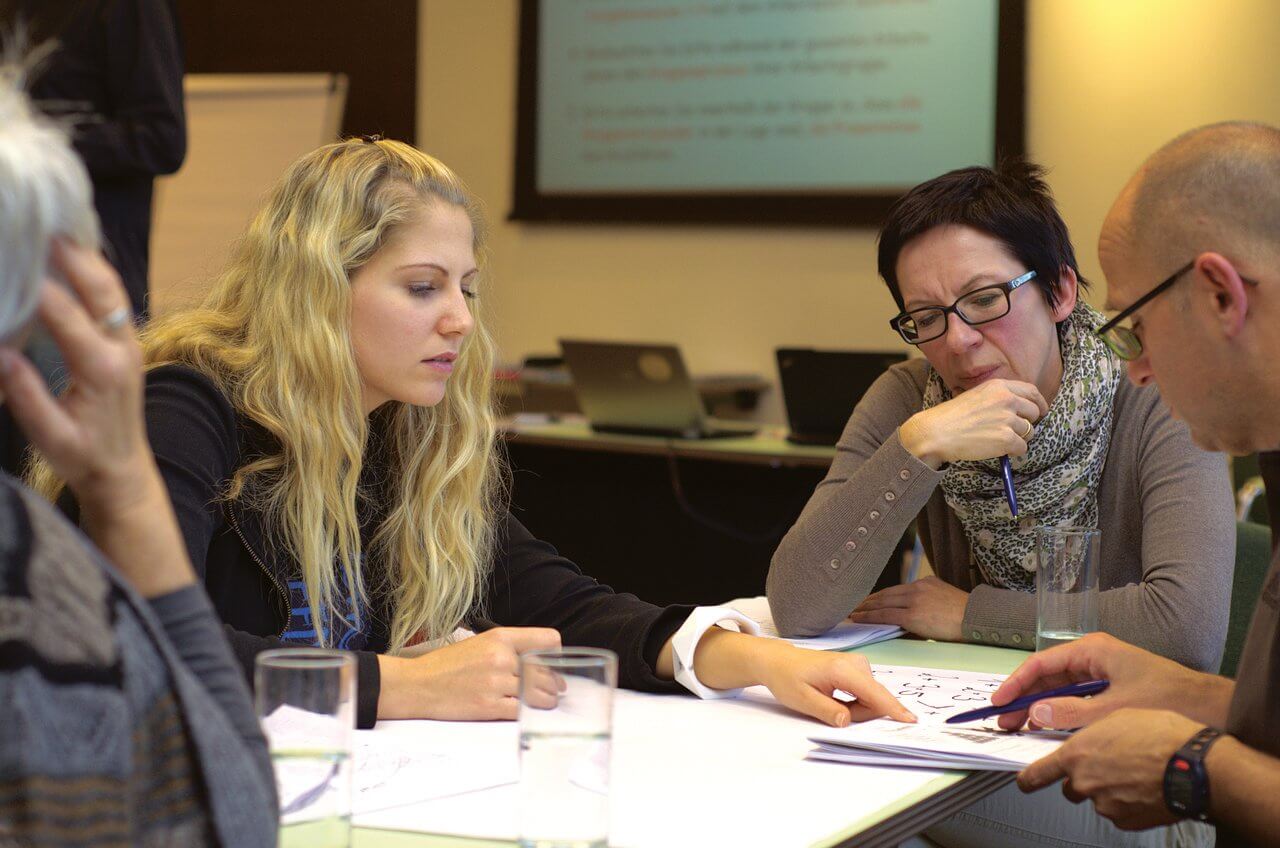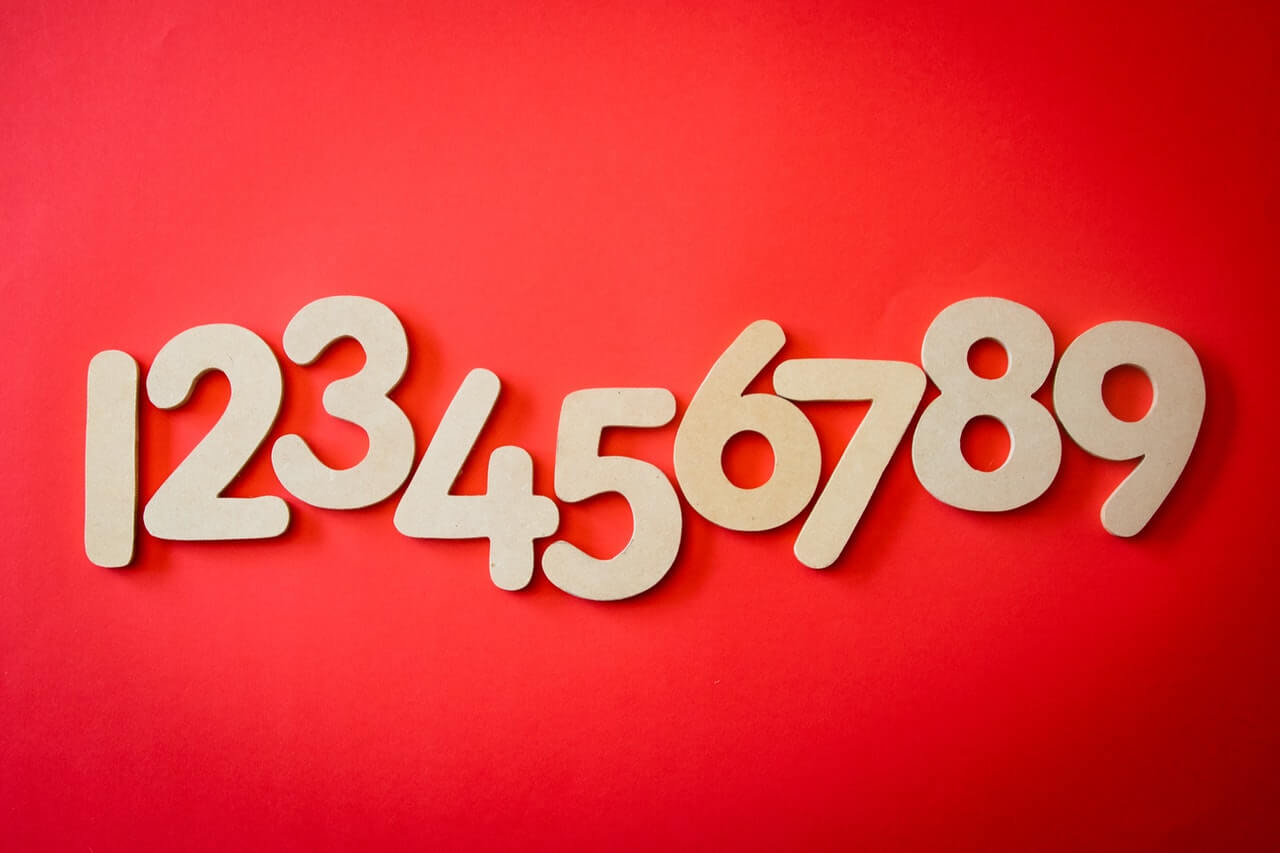A recent communication asked: “I have a potential non-profit client that was approached by a for-profit corporation, with a similar mission, that wants to contribute to the non-profit all or some of the net proceeds from a Gala Anniversary Event organized by and for the for-profit entity.
The structure is not yet in place so the question is ‘How involved can the non-profit be in the planning, inviting, marketing, etc. of the Anniversary Event for an otherwise non-affiliated for-profit?’”
There are three issues suggested by that question:
1. The simple answer to “how involved can the NPO be…” is that there is no limit to that involvement as long as there is no conflict with issues #2 & #3.
2. For an NPO to do “anything,” there must be a budget line for that activity and sufficient funds for same. Since NPOs get much of their funding from charitable contributions, that money must be used in ways that are consistent with what the NPO told the donors to get them to give.
3. An NPO must be careful not to align itself with any entity that in any way actually opposes or suggests opposition to any aspect of the NPO’s mission. And, the NPO must consider the image/reputation of the entity/corporation in “risking” its reputation on an alliance. Two simple questions to ask are whether the nonprofit would accept a contribution from the corporation; and, would the NPO’s constituents approve ??
Having said that, the budget issue goes away if there is a donor who will fund the NPO’s participation in the event. Any efforts at fundraising (or ticket selling) for the event by the NPO’s staff and/or Board could be interpreted as a conflict of interest.
The NPO could, without fear of such conflict, contact their constituents and inform them of the upcoming event … and provide information as to where they could obtain more information. The notice could be in their regular newsletter and/or in the form of an “FYI,” not an endorsement.
I’d also emphasize one other thought … that the NPO must not share their constituent/prospect/donor lists with the for-profit corporation.
Part of the ethics of the nonprofit sector requires that information about/from constituents be treated as confidential. Those people have to be comfortable/ assured that their information will not be shared … without their permission.
That’s why the NPO should inform their constituents about the event, not provide the list to the for profit corporation, and let the NPO’s constituents decide for themselves whether they want more information and/or want to participate….
The best apparent relationship between the for-profit corporation and the nonprofit corporation is for the latter to be guests of the former at the event.
And, bottom line, the NPO’s Board Members must determine if their organization’s participation in/for the event is consistent with the NPO’s policies … if they have formal policies !!
=-=-=-=-=-=-=-=-=-=-=-=-=-=
Want to know more about Special Events?
Take a look at the ebook, Special Events
It’s one of The Fundraising Series of ebooks?
They’re easy to read, to the point, and inexpensive ($1.99-$4.99)
=-=-=-=-=-=-=-=-=-=-=-=-=-=
Have a comment or a question about starting, evaluating
or expanding your fundraising program?
AskHank
=-=-=-=-=-=-=-=-=-=-=-=-=-=
If you’re reading this on-line, and would like to comment/expand on the above piece, or would just like to offer your thoughts on the subject of this posting, we encourage you to “Leave a Reply.” If you’re reading this as an email, and you want to comment on the above piece, email Comments to offer your thoughts. Your comments, with appropriate attribution, could be the basis of a new posting.










